Here’s everything about using your phone while it is charging being bad:
You can use your phone while it is charging, and it won’t hurt it.
Recharging a battery reduces its lifespan, however.
Modern devices use electronic controllers that stop charging the battery when it’s full, though.
The current bypasses the battery and runs the computer directly.
If you want to learn all about what happens when using your phone while it’s charging, then this article is for you.
Let’s jump right in!
- Playing While Charging Phone: Damages Battery?
- Constantly Charging Phone: Damages Phone Battery?
- Charging New Phone Before Using: How Long?
- Charging Phone: How Long Does It Take?
- Charging Phone Wirelessly & Wired Same Time: Safe?
- Charging iPhone, iPad, or MacBook While FaceTime: Bad?
- Phone Battery Too Hot to Charge: How to Fix?
- Phone Temperature Too Low to Charge: How to Fix?
- Fully Charging Phone: How Long?
- Phone Only Charges When Off: How to Fix?
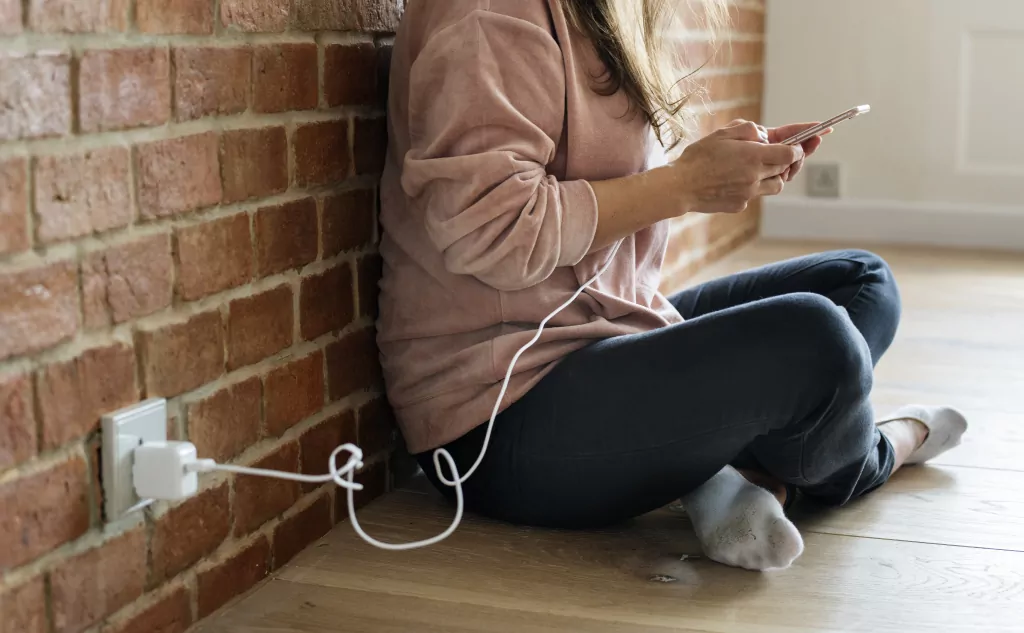
What Happens When You Charge Your Phone? (3 Things)
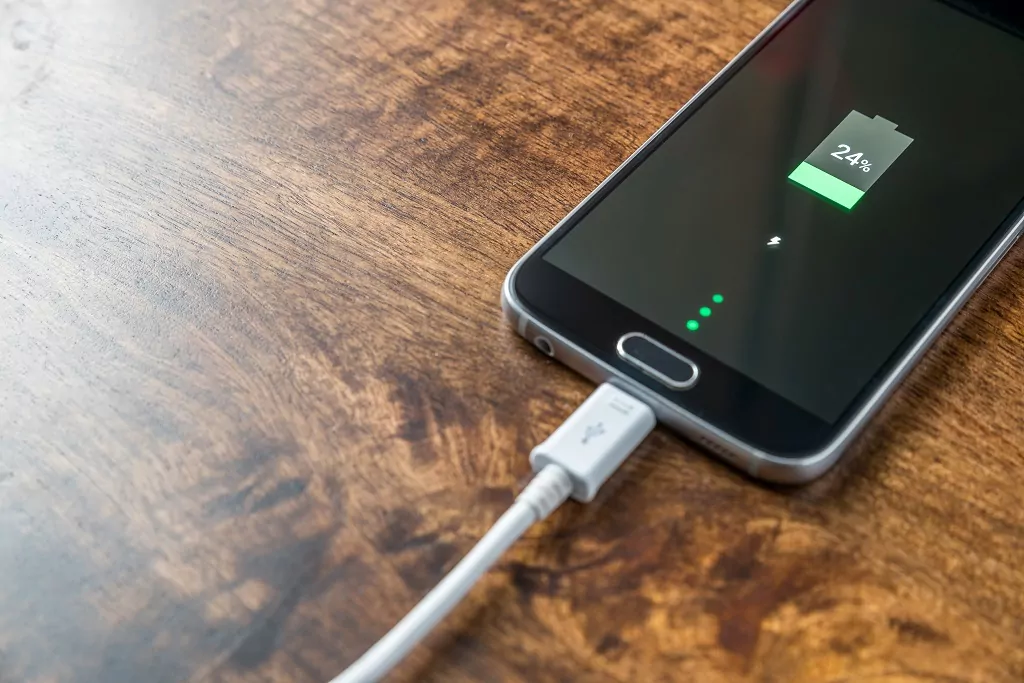
When you plug in your phone, it charges.
Dumb jokes aside, the flow of electricity in a charging phone is carefully designed to do a few things simultaneously.
First, electricity flows to the battery to charge it.
Second, electricity flows around the battery to power the phone without pulling electricity from the battery.
Third, electricity flows from the battery to the phone.
Let’s look at each of these ideas in a little more detail.
#1 Charging the Phone’s Battery
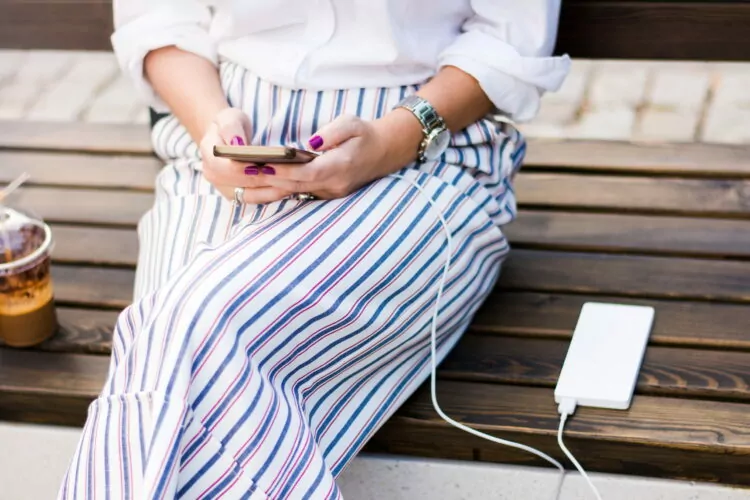
The primary reason we plug in a phone is to charge the battery.
When a battery is not at full charge, it is able to place a demand on the charger for electricity.
That electricity flows into the battery, and it causes a chemical change within the battery that leads to stored charge.
What really matters here is that the battery determines how much electricity flows into it.
So, if you plug in an empty battery, it will pull juice from the charger until it is full.
If you plug in a full battery, it won’t pull any juice.
That’s the primary reason why it’s fine to use your phone while it’s charging.
#2 Powering One Phone
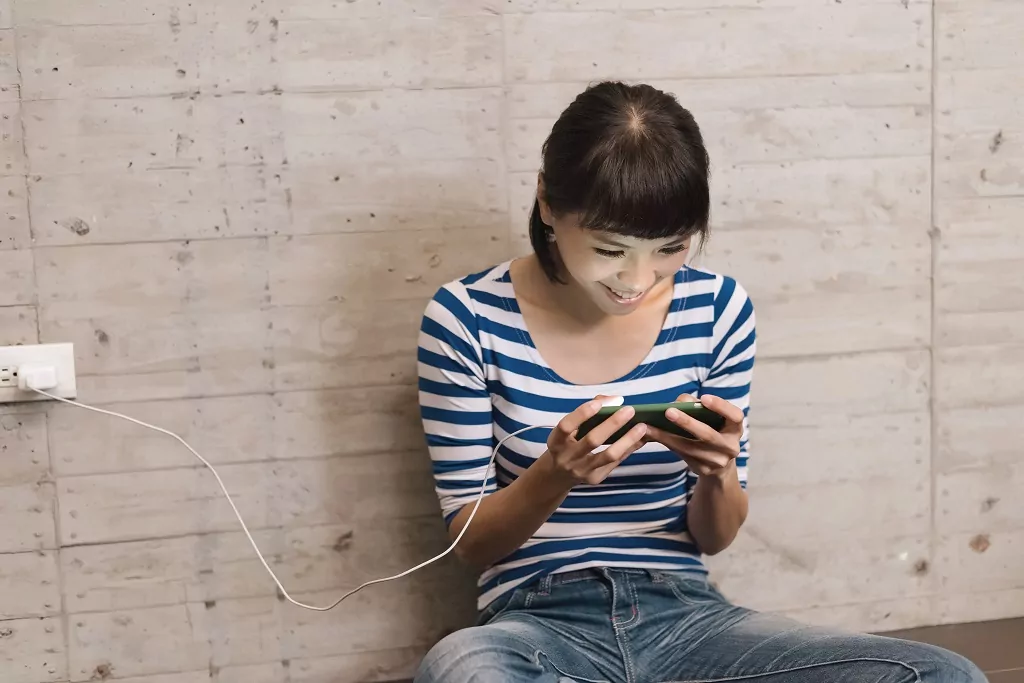
The second issue at play is that the charger powers the phone directly.
When you plug it in, the phone isn’t running off the battery, which is being charged by the power cable.
That’s not what happens.
Instead, the phone places a power demand directly on the charger.
It does this the same way the battery does, but the phone circuits can’t hold a charge, so they never stop demanding power (unless the phone is off).
The important takeaway is that the phone can place this electricity demand on the battery or the charger, but it will prefer the charger.
If the phone is plugged in, it doesn’t take juice from the battery.
That’s the second half of why leaving your phone plugged in doesn’t really hurt anything.
#3 Trickle Charge

The third part of the equation is where a little bit of electricity flows from the battery to the phone.
This is called a trickle charge, and it’s an incredibly small amount of electricity.
Basically, the phone is always connected to the battery.
So, even though the main power demand goes to the charger, a little bit of electricity leaks from the battery into the phone.
This causes a very small amount of stress on the battery, and over a long period of time, it can shorten the battery’s life.
We’ll get into how batteries degrade in the next sections.
But, for now, it’s enough to know that leaving the phone plugged in all the time will shorten the battery’s lifespan, but only by a little.
It won’t rapidly kill your battery or cause it to explode or anything like that.
What Hurts a Phone Battery? (2 Factors)
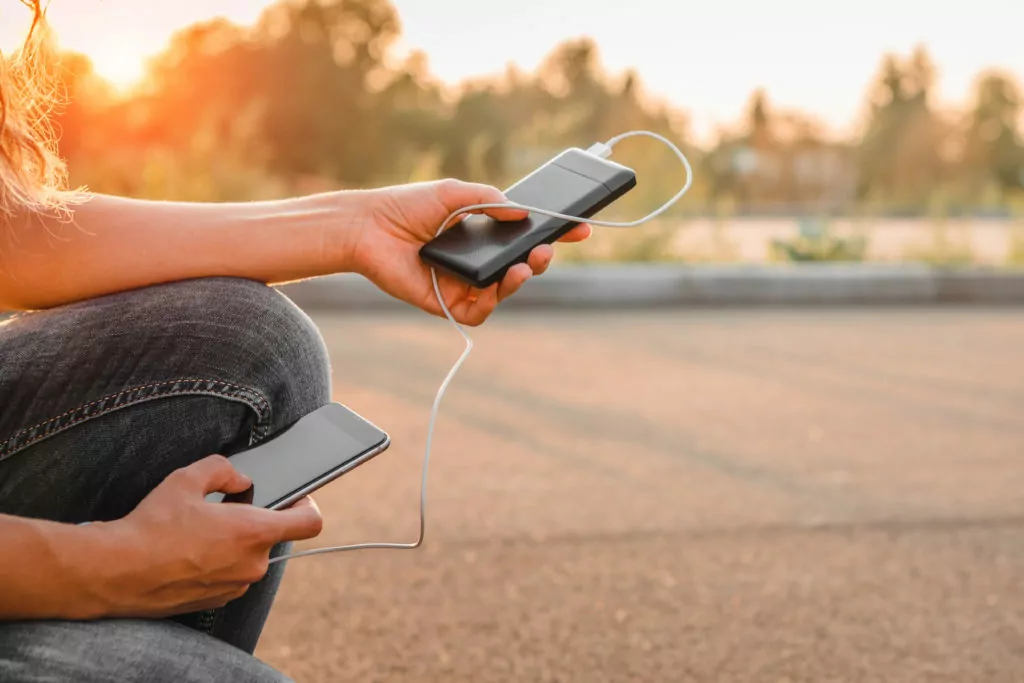
We’ve covered the mechanics of how a phone works when it’s charging, but now we need to get into why it matters.
When you understand what harms a battery and its general lifecycle, you’ll see how this all fits together.
#1 Normal Decay of Batteries
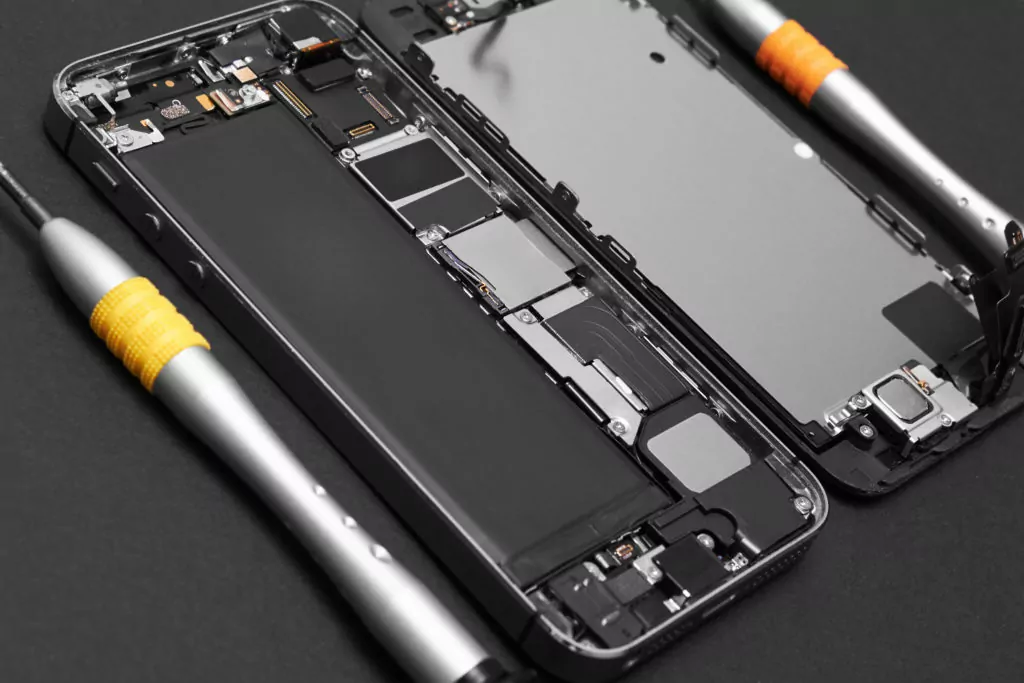
As mentioned earlier, a battery gets recharged by undergoing a chemical change.
Electricity flows into the battery, and it ionizes some of the chemicals in the battery.
They become charged (in the literal, physics sense of the word), and the battery can store electricity as a result.
The thing is, this process causes chemical damage to the battery. It’s why every battery eventually stops holding as much charge.
Eventually, all batteries break down and fail.
This is all normal, and modern batteries are designed for hundreds, if not thousands, of recharges.
They’re very good at it.
Still, every time you charge the battery, you shorten its life a little bit.
That’s why it’s so important that the battery isn’t perpetually charging when it is plugged in.
Older batteries and phone designs actually did perpetually charge.
The power cable would feed the battery, and the phone would only draw power from the battery.
That design killed batteries very quickly, and it’s why modern phones don’t do that anymore.
But, there’s still the issue of the trickle charge. That small leak of electricity (which is perfectly safe) slowly reduces the charge level of the battery.
When it drops below 100 percent, the battery asks the charger for juice, and that small amount gets recharged.
This is why always having your phone plugged in will shorten the battery’s life.
The trickle charge is causing a very slow but constant decay on the battery.
#2 Overheating
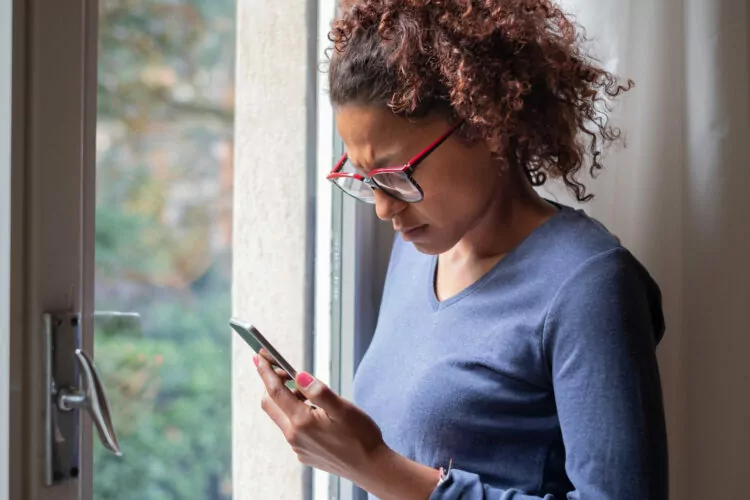
There’s a second issue that we haven’t covered yet.
Phones use electricity, and using electricity produces heat.
Modern phones are designed to run very cool when compared to other types of computers, but they still generate heat.
Using the charger adds to the heat total.
Typically, all of this is fine.
You’ve used your phone while plugged in enough to know that it doesn’t get unbearably hot.
As long as things aren’t too hot, there is no problem.
Issues arise when there is a defect with the phone or battery.
Samsung batteries had an infamous issue like this some years back.
The defects cause the batteries to heat much more than normal, and that excess heat can damage the battery and the phone.
For the vast majority of phones, this is never a problem.
But, if your phone seems too hot for comfort, you need to take action.
Unplug it. Turn it off.
Then, contact tech support for the phone’s manufacturer.
And, don’t put your phone in the freezer to cool it off under any circumstance.
Are Chargers Okay When You Use the Phone While Charging?
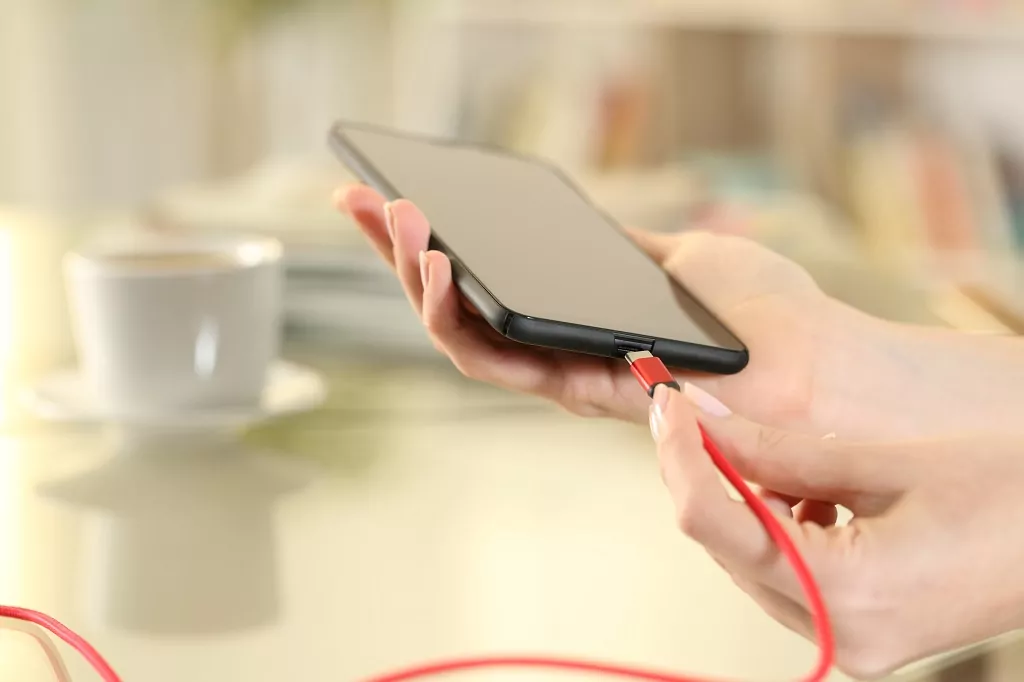
So far, we’ve talked a lot about batteries.
That’s because a lot of battery-related myths are flying around the internet these days, and mostly, they stem from outdated knowledge.
Still, if we’re going to completely answer the question, we also need to address chargers.
Is the phone charger okay in this situation?
Yes. The charger is as fine as every other part of the phone, even if you use the phone while charging.
There is one common exception that we should go over together.
Sometimes, when you use your phone while it’s plugged in, the phone can be situated in a way that puts a sharp bend in the charging cable.
Soft bends are fine, but sharp bends can put wear on the cable itself.
This doesn’t always happen, but if your favorite charging spot puts a stressful angle on the cable, it could lead to wear and tear.
How do you know if the angle is too sharp?
If there’s a kink in the cable, it’s too sharp.
Less than that, if the cable seems to bend and stay stuck in the same angle for a bit after you unplug it, that’s too sharp too.
You can think of it this way.
If you put a loop in the cord and squeeze on it lightly and then let go, you’ll see that it slowly unbends itself.
That slow unbending is a sign that the cable was under stress.
The goal is to charge the phone in a way that the cable is not bent enough to have to unbend when freed.
As long as the cable isn’t being stressed, using the phone while charging is perfectly fine for the charger.
The charger isn’t like batteries; it won’t wear out from use (unless there’s a defect).
How Do You Protect Your Phone’s Battery? (3 Methods)
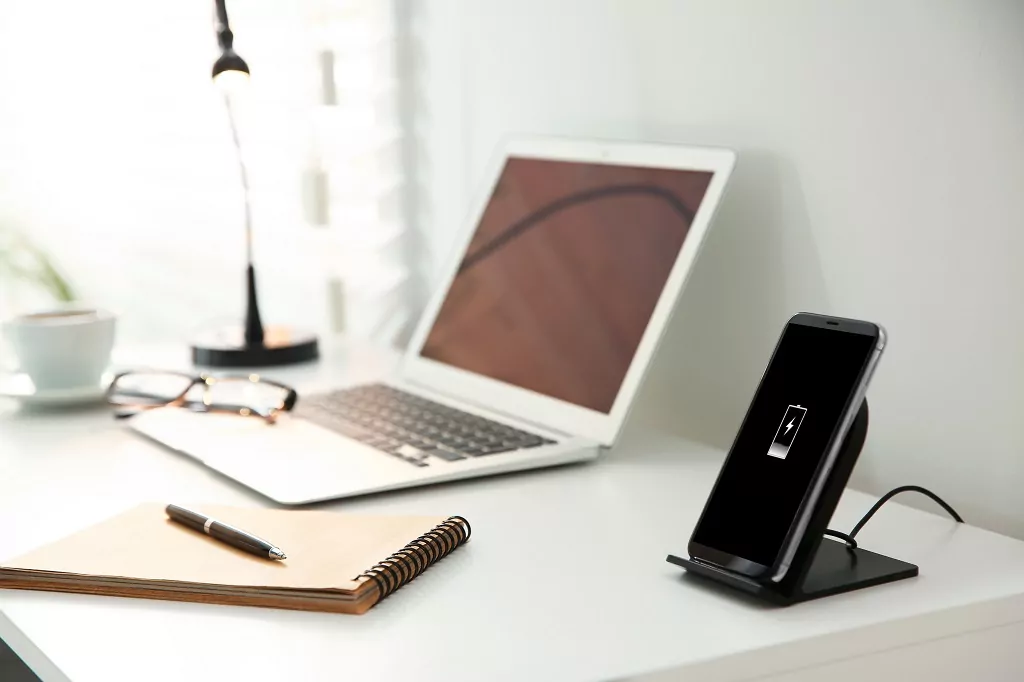
Even though using the phone while it charges is mostly fine, we still have to worry about that trickle charge.
Are there things that you can do to compensate for those losses and extend your battery life?
The answer is yes.
In general, anything that reduces electricity consumption on the phone will cause it to put less stress on the battery.
Reduced stress translates to a longer lifespan.
#1 Use Power-Saving Features

Modern phones have features built into them that save power.
The most well-known is airplane mode.
This turns off cellular connectivity, which is actually the most power-hungry feature on the whole phone.
Keep in mind that your phone is Wi-Fi only while in airplane mode.
You won’t receive SMS messages or standard phone calls in airplane mode.
Phones have a number of other power-saving features, and all of them are good for battery life.
Dark mode, battery management tools, and anything else labeled for battery saving is worth your time.
But, you can skip third-party apps.
None of the major phone manufacturers need third-party help to save your battery.
Even though plenty of these apps work as intended, they result in extra stuff running on the phone, so they can’t work as efficiently as the native battery-saving features.
#2 Cycle the Battery

With older batteries, it was necessary to cycle them on a regular basis.
This is no longer the case, with one exception.
Before we get to the exception, let’s go over what it means to cycle a battery.
This is when you use the phone until the battery completely dies, to the point where the phone can’t turn on.
You then charge the phone all the way to full before turning it back on.
With older batteries, this helped to minimize chemical degradation.
With modern lithium-ion batteries, that isn’t necessary.
As for the exception, that occurs when your battery charge indicator on the phone is way off.
If it says the battery is full while you get a low-power warning, something is amiss.
The easy fix for this is to cycle the battery.
It will force the charging system to recalibrate, and a calibrated charging system is more efficient.
That means your battery lives longer.
#3 Power Cycle the Phone
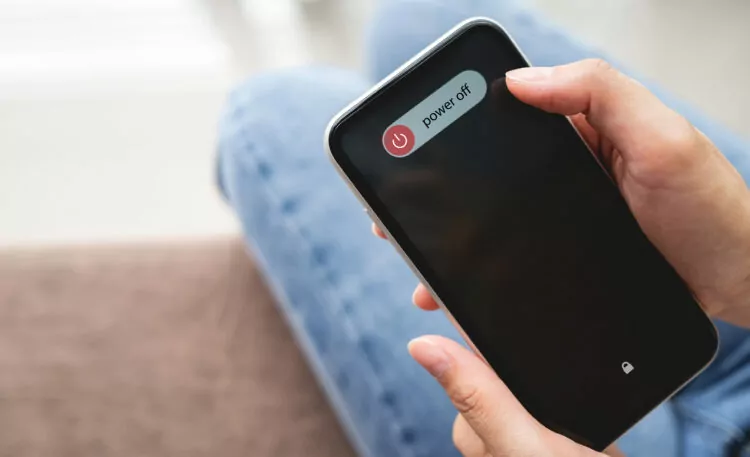
The last tip to help your battery is to turn your phone off every once in a while.
Sure, this means the battery isn’t being drained while the phone is off, but that’s not the real reason you should do this.
When the phone turns completely off and on again, it goes through a few automated procedures.
These procedures dump unnecessary temporary files and do a bunch of stuff that helps the phone run a little smoother.
As a result, the phone won’t draw quite as much power for normal use, and that extends your battery life.
In general, you should power cycle your phone around once a week.
You don’t have to leave it off for an extended period. Just turn it all the way off and then back on.
How Long Should You Charge a New Cell Phone Before Using It?
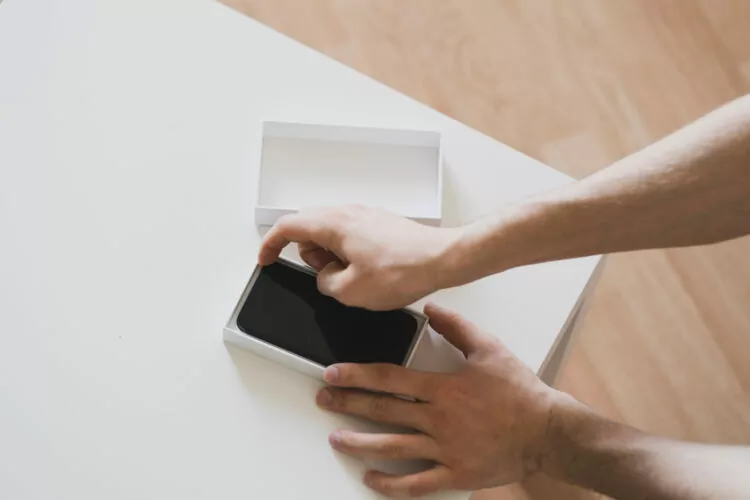
Okay, it’s fine to use your phone while it’s charging.
However, is it fine to use your new phone right away or do you need to charge it first?
If so, for how long?
Modern phones can be used as soon as they are received or taken out of the box.
Earlier battery technology required considerable charging before it could be used, but that hasn’t been the case for several years now.
It’s fine to use or charge a new phone as you see fit the moment you get it.
Learn all about what’s best for your new phone when it comes to charging here.
- Playing While Charging Phone: Damages Battery?
- Constantly Charging Phone: Damages Phone Battery?
- Charging New Phone Before Using: How Long?
- Charging Phone: How Long Does It Take?
- Charging Phone Wirelessly & Wired Same Time: Safe?
- Charging iPhone, iPad, or MacBook While FaceTime: Bad?
- Phone Battery Too Hot to Charge: How to Fix?
- Phone Temperature Too Low to Charge: How to Fix?
- Fully Charging Phone: How Long?
- Phone Only Charges When Off: How to Fix?

